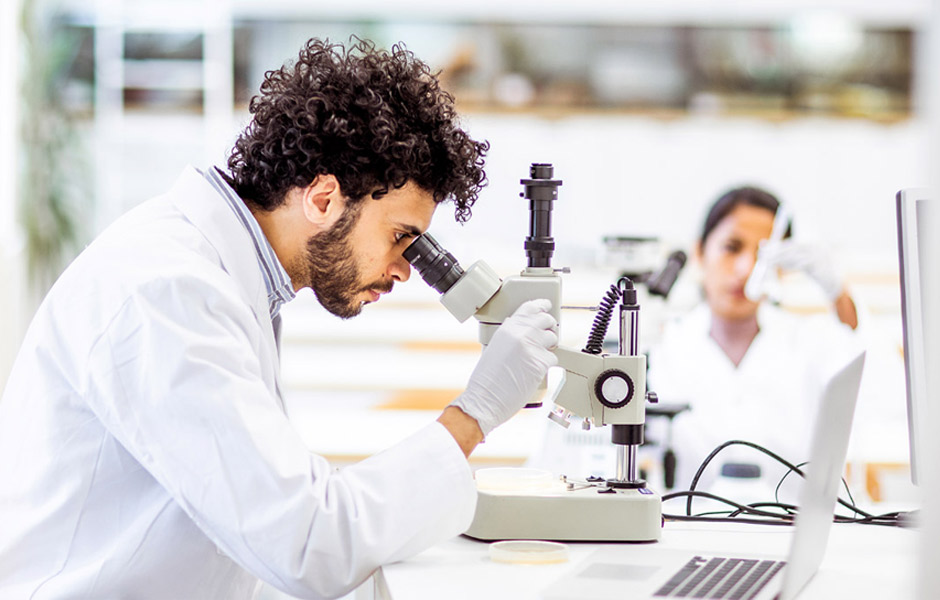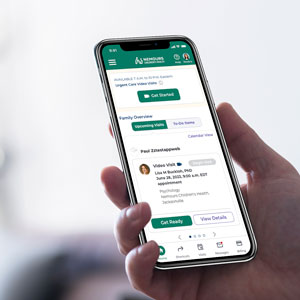Outcomes of Multilevel Posterior Spinal Fusion In AIS
Clinical Trial
Offered by: Nemours Children's
Location: Delaware Valley
Trial Name
Outcomes of Multilevel Posterior Spinal Fusion In AIS with Two Energy Dissection Techniques
What is the trial about?
The purpose of this study is to compare the amount of blood loss during posterior spinal fusion surgery using 2 different surgical instruments: a traditional cutting device and ultrasonic energy cutting device-Osteovue™ Spine Soft Tissue Dissector.
Who can participate?
Patients between 10 and 21 years of age, diagnosed with neuromuscular scoliosis associated with cerebral palsy or with adolescent idiopathic scoliosis (AIS) indicated for primary Posterior Spinal Fusion (PSF).
What is involved?
Participants will be screened, consented, and enrolled any time between the scheduling of their PSF surgery and hospital admission. Last study observations/recordings will be made at hospital discharge; hence, overall duration of participation will be approximately 35-40 days per participant (from informed consent to hospital discharge). There are no follow-up visits required for this study.
Your child can participate in the study if she/he qualifies and would like to participate. During the study, the investigators will make observations and collect some information during operation. An important aspect to the study will be to investigate which instrument may be most helpful in reducing blood loss during the cutting of tissue (for example, muscle). The traditional cutting device works using an electrical current. The Harmonic Osteovue Dissector, the “study instrument” cuts using fast vibration.
Each study participant will participate in one of two groups; one group will be operated with traditional instrument that your surgeon normally uses in these types of operations (Phase I), the other group will be operated with a newer instrument called Harmonic Osteovue Dissector (Phase II).
- One group will be operated with a type of instrument called electrocautery (Phase 1) that your surgeon uses in almost all operations like yours. This instrument uses heat from electric current to cut and stop bleeding. This group of patients will be operated with the traditional instrument until 46 participants across all sites are completed.
- The other group will be operated with the Harmonic Osteovue Dissector (Phase 2). The Osteovue Dissector is approved by the FDA for use in adults and we are studying whether this vibration device offers an advantage over our traditional surgical instrument. This second group will be operated with the Harmonic Osteovue until 54 across all sites participants are completed. You and your child will know into which group your child has been enrolled.
No matter what group you are a part of, the levels of hemoglobin (a protein found in red blood cells that carries oxygen) will be tested before surgery. This will be part of your child’s clinical care. This test will help the researchers calculate the amount of blood loss during the operation.
During surgery and before discharge from the hospital, three additional blood tests (2 during your child’s surgery and one at the time of hospital discharge) will be done. These additional tests will not exceed 15 cc in total equivalent to about 1 tablespoon of blood from the vein of your child for each test.
The level of back pain experienced by your child before surgery, and daily after surgery will be checked until hospital discharge, using a scale from 0 to 10 as a part of your child’s clinical care. Participants will be assessed for adverse events (AE) and other health related events that occur during the course of the study (from the time of surgery until hospital discharge). Postoperative bleeding (resulting in hospital readmission and/or reoperation) will also be recorded, if it occurs within 30 days after hospital discharge.
Your child’s participation will end when the treating doctors say that your child is ready to leave the hospital to go home.
Is a Clinical Trial Right for Your Child?
Learn more about clinical trials and get answers to questions you might have.


